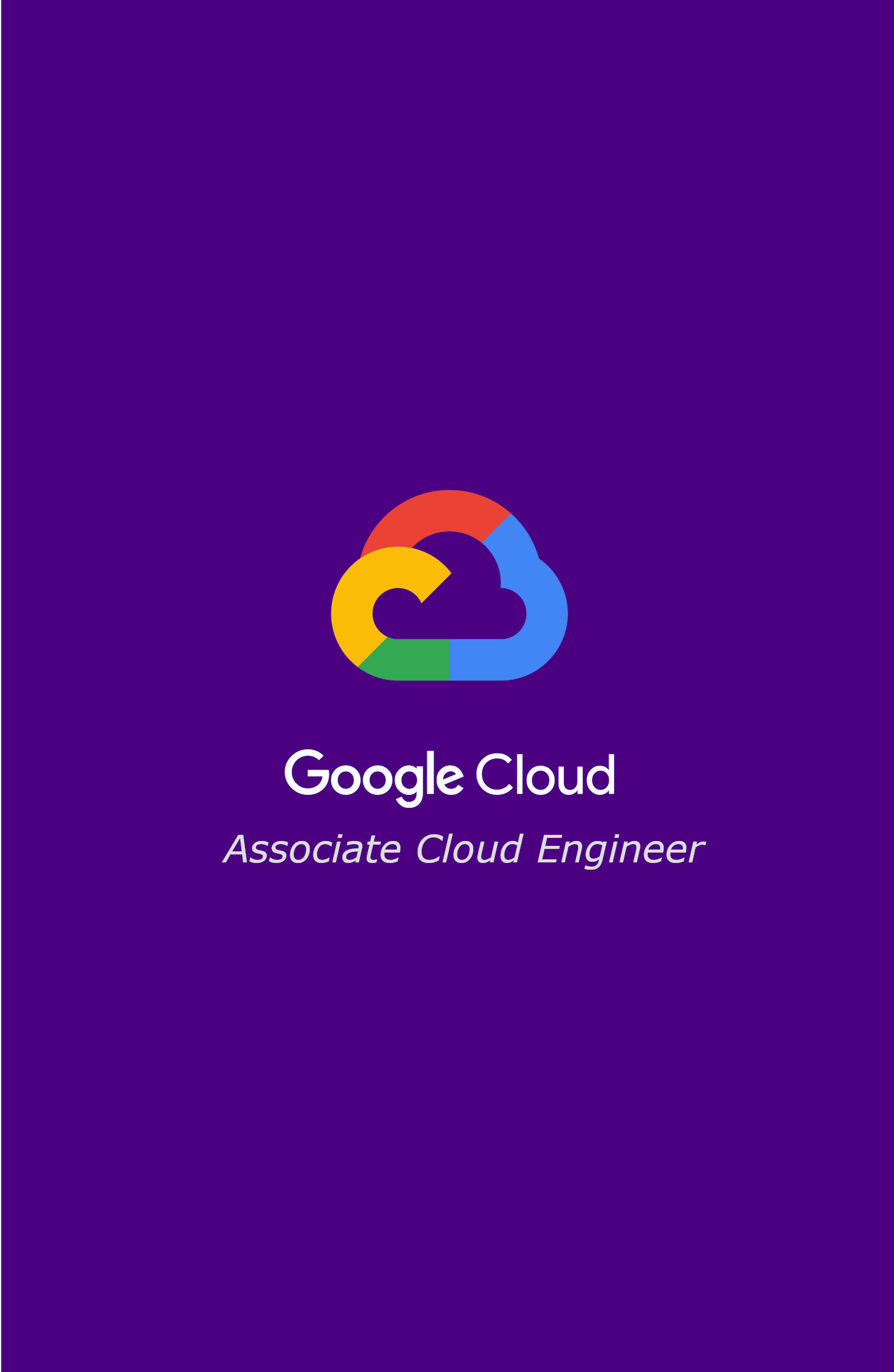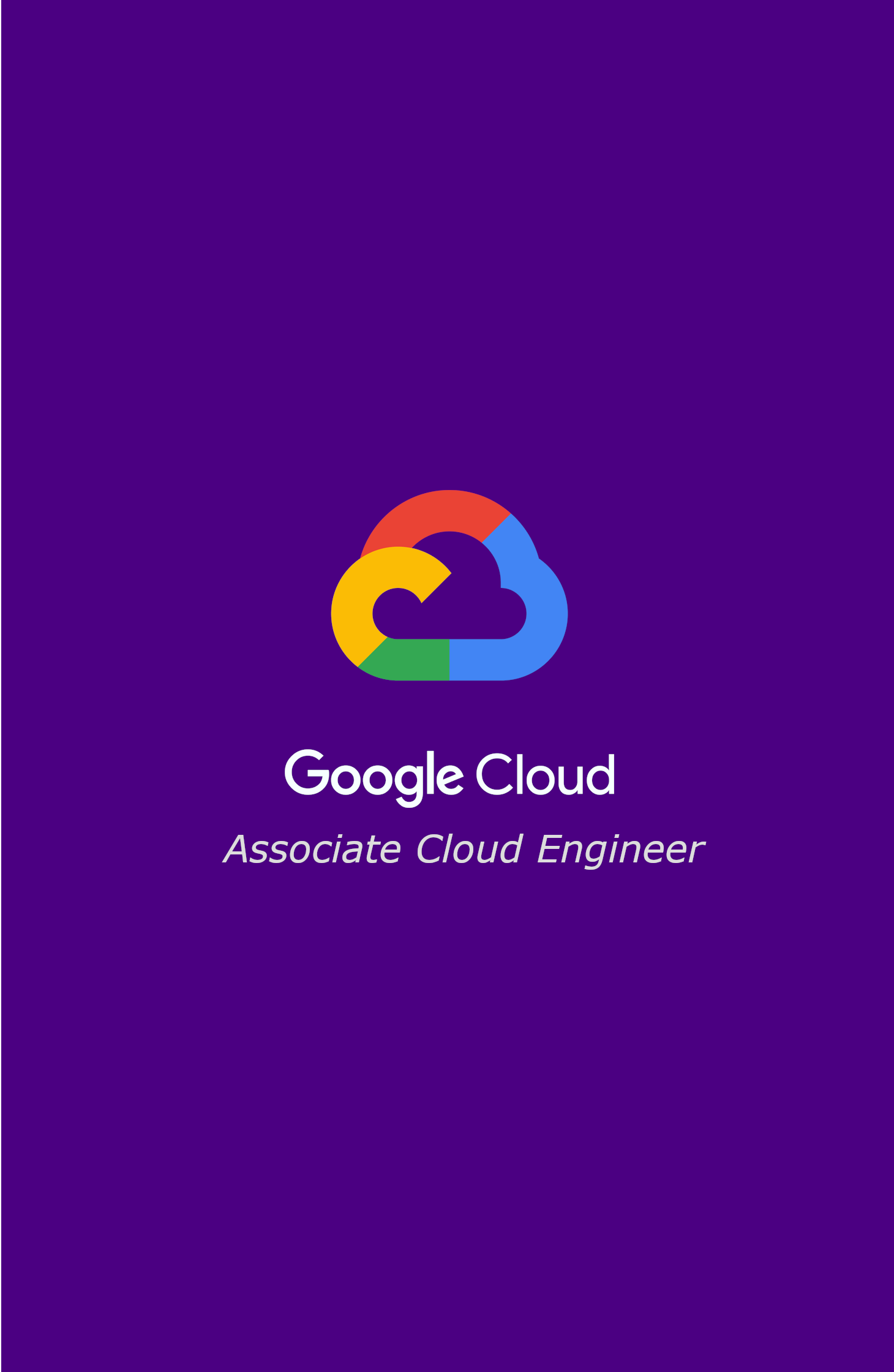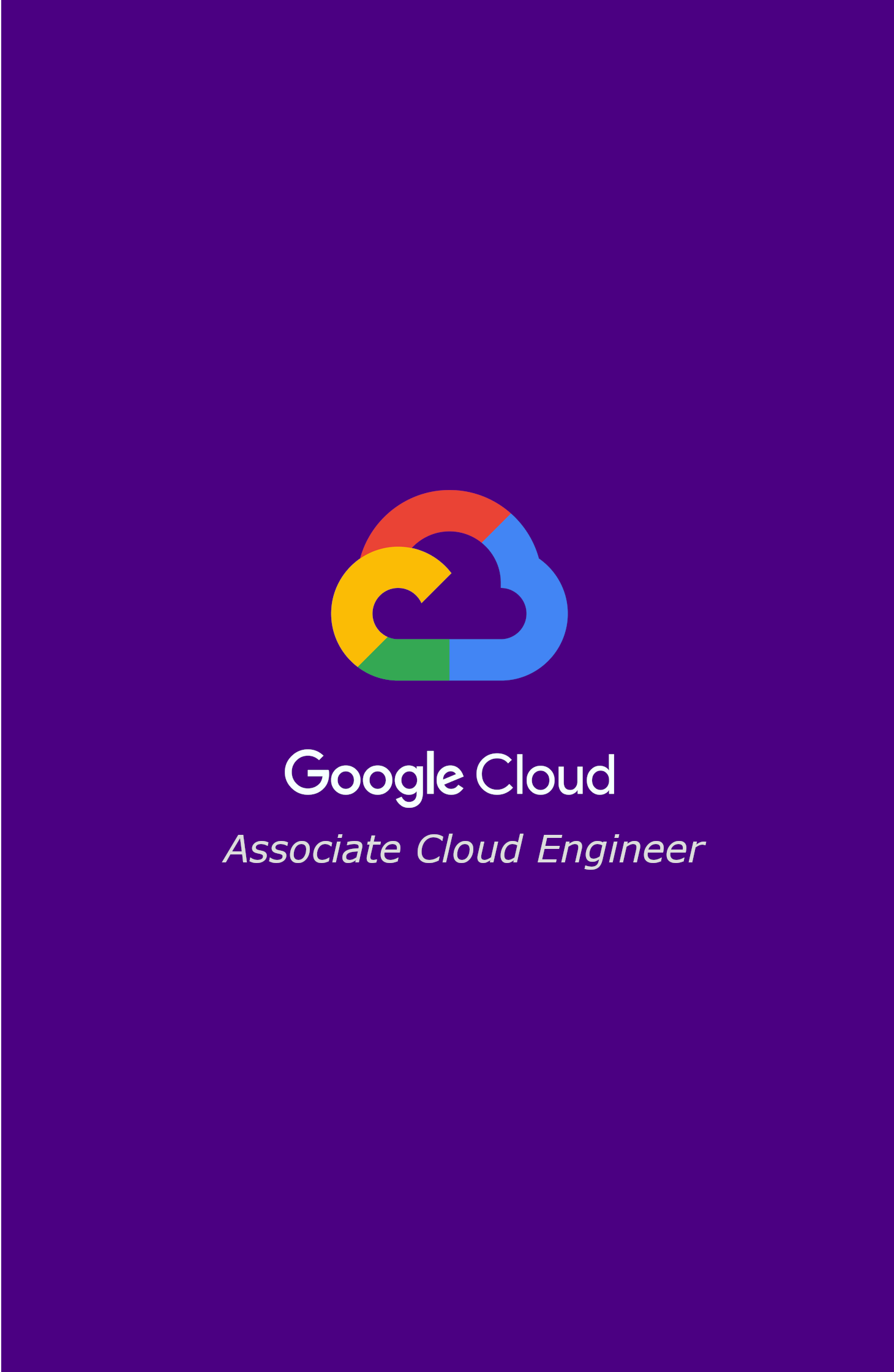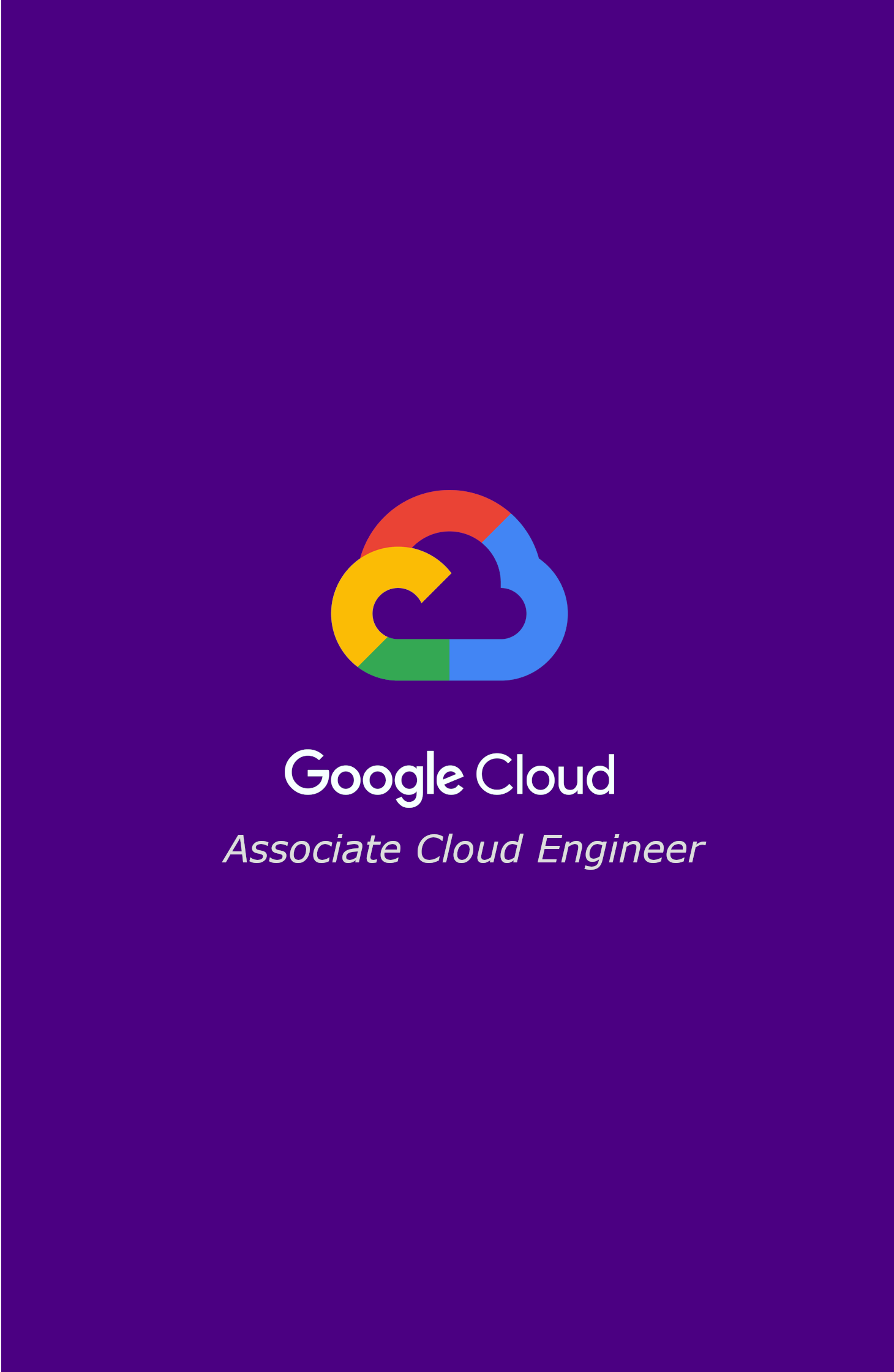Google Cloud Fundamentals: Core Infraestructure - Introducing Google Cloud -> IaaS, PaaS and SaaS

The move to virtualized data centers introduced two new cloud computing offerings:

- Infrastructure as a Service (IaaS): Delivers on-demand infrastructure resources like compute, storage, and network capabilities, organized virtually to resemble physical data centers. An example is Google Cloud's Compute Engine and Google Cloud Bucket. In the IaaS model customers pay upfront for allocated resources
- Platform as a Service (PaaS): Provides a platform with libraries for application development, allowing developers to focus on application logic rather than infrastructure. An example is Google Cloud's App Engine. In the PaaS, they pay for what they use.
Cloud computing has evolved towards managed services, allowing companies to focus on their business and spend less on maintaining infrastructure. This leads to faster and more reliable product and service delivery.

Serverless computing is another step in this evolution. It eliminates infrastructure management by letting developers focus on code. Google Cloud offers serverless technologies like Cloud Functions (pay-as-you-go event-driven code) and Cloud Run (fully managed environment for containerized microservices).

Software as a Service (SaaS) provides entire cloud-based applications that users access over the internet, without local installation. Examples include popular Google Workspace applications like Gmail, Docs, and Drive.




